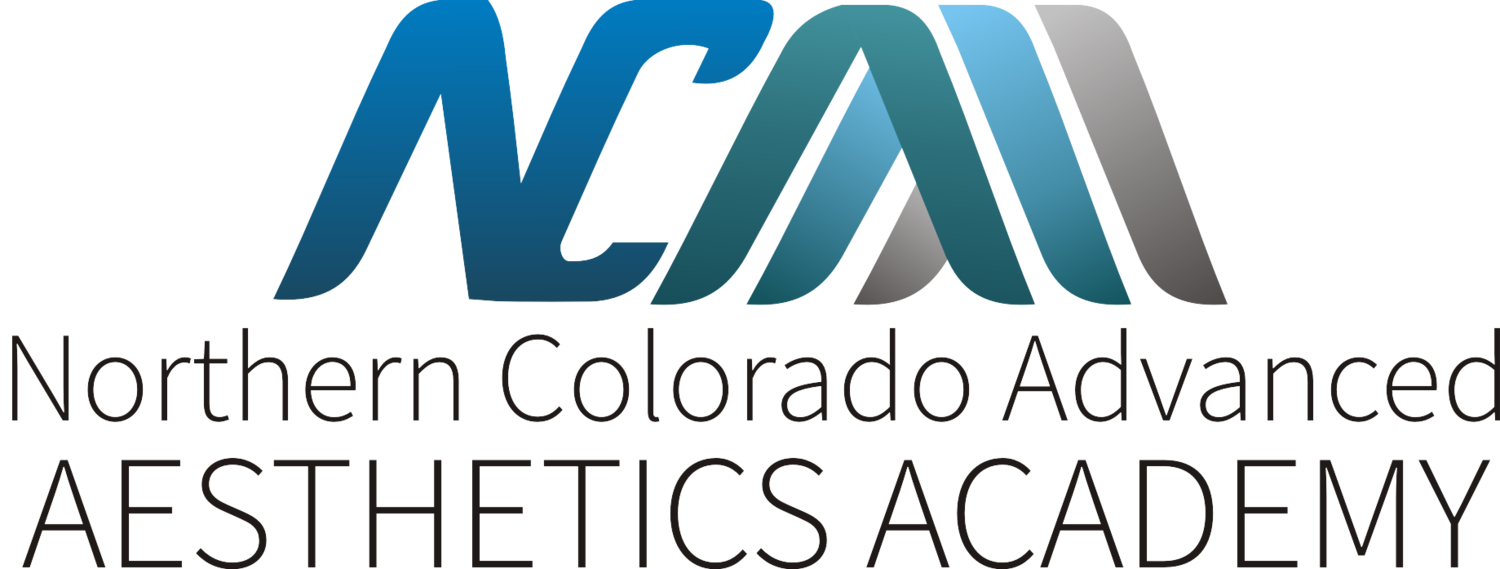Should You Take a Dermaplaning Course? What You Should Know
Many women think that their favorite celebrities maintain their soft and clear skin because of special skin potions or high-tech procedures. In reality, you can get a dewy complexion from dermaplaning, one of the oldest beauty procedures around.
Dermaplaning is the go-to procedure for celebrities who want to maintain flawlessness, which is a must for harsh studio lights and HD cameras. It involves scraping away facial hair and dead skin cells using a sterile scalpel—it's safe and painless, despite how it sounds. Here is a closer look at this cosmetic procedure and why aestheticians should invest in a dermaplaning certification.
What is dermaplaning?
Dermaplaning removes a "dead" layer of hair and cells that block nutrients, and it creates a fresher surface that receives skincare products better. It also benefits people with rough, dry skin, hyperpigmentation, acne scarring, fine lines, and wrinkles.
This procedure reduces hyperkeratosis, which is the thickening of the outer layer of the skin. It helps your skin produce more elastin and collagen, which means it greatly aids in preventing aging. Dermaplaning is also done before a chemical peel or a mask, to help the skin absorb the product more deeply.
Although they seem alike, dermaplaning is different from dermabrasion, which is a mechanical form of exfoliation. Where dermaplaning uses a scalpel, dermabrasion uses microcrystals to remove the epidermis.
How does dermaplaning work?
A dermaplaning procedure begins with a mild cleanser. Aestheticians typically use one with alpha- or beta-hydroxy acids. These types allow your skin to loosen, which aids in peeling. The client's skin should be completely dry before moving to the next step since moisture on the skin can prevent the blade from moving smoothly. If you try to perform dermaplaning on damp skin, it can cause nicks or cuts.
Once the skin is ready, the technician takes a sterilized ten-gauge scalpel, holds it at a 45-degree angle, and starts moving the instrument on the skin surface. They hold the skin tight and use short, feathering movements, working against the grain of hair growth.
The procedure should always be performed with a gentle hand, and the movements must be precise—this is something taught in an aesthetic academy. After the dermaplaning, the skin gets moisturized, and the client completes their session or proceeds to another treatment.
Should I get a certification?
The rules about dermaplaning vary from state to state. In some places, like Florida and Arizona, aestheticians can perform it as a cosmetic procedure. Meanwhile, others like California consider it as an invasive procedure. Therefore, they prohibit technicians from performing dermaplaning at all.
In Colorado, aestheticians can perform dermaplaning, but they must attend dermaplaning classes and get a certification. Formal courses will prepare you in any case, since the classes cover several specialized topics like skin analysis, pre- and post-care instructions, and standard procedures and protocols.
Conclusion
One of the best ways to be competitive in this field is to become an expert in a procedure such as dermaplaning. Specialists need proper execution, technique, and skin analysis to administer this safely and effectively. When you get certified, you'll undoubtedly open the door to more significant opportunities as an aesthetician.
Master dermaplaning and attend advanced aesthetics classes at the Northern Colorado Advanced Aesthetics Academy. We offer a comprehensive, 14-hour course on manual resurfacing techniques covering all aspects of dermaplaning and microdermabrasion. Get in touch with us to learn more.
